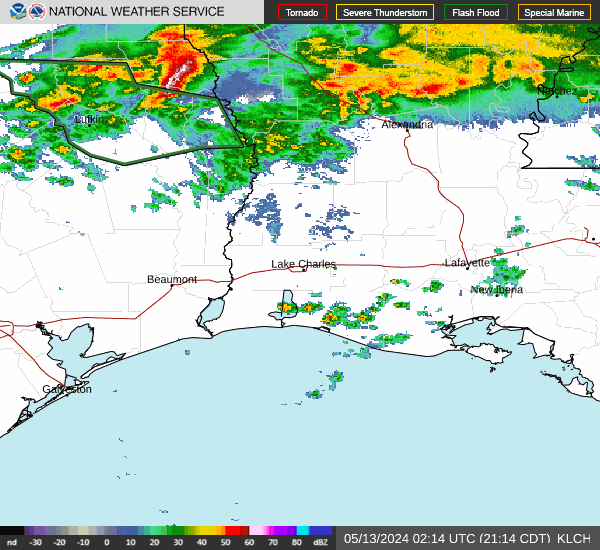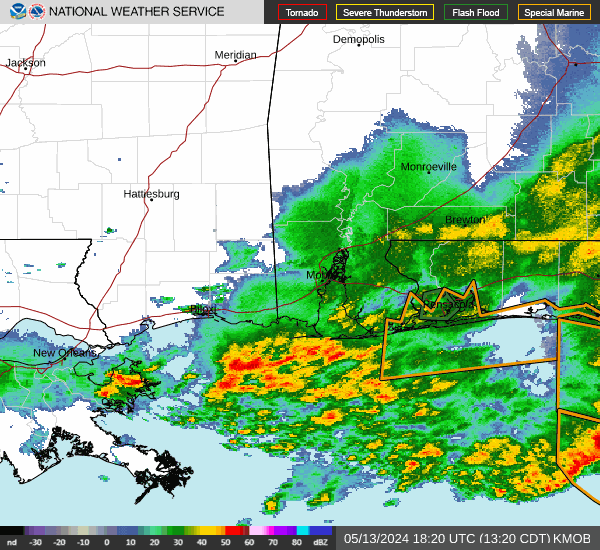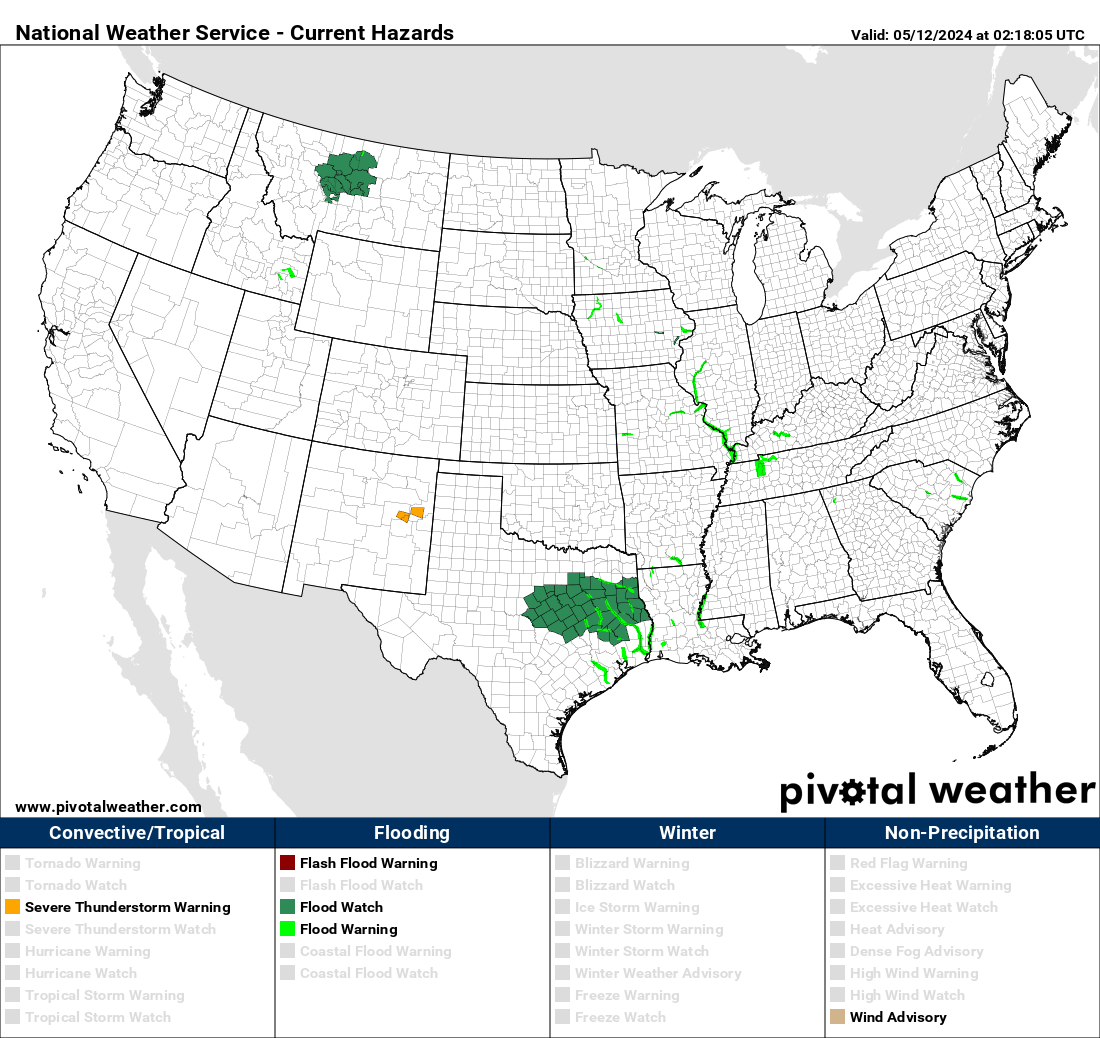Post by Briella - Houma on Jul 27, 2016 14:57:28 GMT -6
link
July 27, 2016 NOAA took a significant step toward building the world’s best global weather model today, a priority for the agency and the nation. NOAA announced the selection of a new dynamic core, the engine of a numerical weather prediction model, and will begin developing a state-of-the-art global weather forecasting model to replace the U.S. Global Forecast System (GFS).
The new global model will continue to be called the GFS. As with the current GFS, the new GFS will run in the background of NOAA’s suite of weather and climate models improving skill across all NOAA's forecast mission areas.
“Using our powerful supercomputers, our new dynamic core which drives the model, and the newest modeling techniques, we are poised to develop and run a more accurate and reliable global model that is used as a basis for all weather forecasts in the U.S.,” said Louis W. Uccellini, director, NOAA’s National Weather Service.
The new dynamic core, Finite-Volume on a Cubed-Sphere (FV3), was developed by NOAA’s Geophysical Fluid Dynamics Laboratory in Princeton, New Jersey. The FV3 core brings a new level of accuracy and numeric efficiency to the model’s representation of atmospheric processes such as air motions. This makes possible simulations of clouds and storms, at resolutions not yet used in an operational global model.
The FV3 core enables the model to provide localized forecasts for several weather events simultaneously all while generating a global forecast every six hours. Looking 10 years ahead, the GFS model with the FV3 core will run in higher resolution and be able to zoom in on smaller and smaller storm systems to provide forecasters better pictures of how storms will evolve.
Goals for the new model are:
a unified system to improve forecast accuracy beyond 8 to 10 days
better model forecasts of hurricane track and intensity, and
the extension of weather forecasting through 14 days and for extreme events, 3 to 4 weeks in advance.
Engaging the meteorology community during model development and improvement is a priority for NOAA. The agency plans to develop a program to involve researchers in testing and improving algorithms, data assimilation methods and physics. The goal is to incorporate successful enhancements into operations.
“We are collaborating with the best model developers in the U.S. and around the world to ensure the GFS has the most recent advances in weather prediction modeling, and so we can accelerate improvements to the model as they are developed,” Uccellini added.
July 27, 2016 NOAA took a significant step toward building the world’s best global weather model today, a priority for the agency and the nation. NOAA announced the selection of a new dynamic core, the engine of a numerical weather prediction model, and will begin developing a state-of-the-art global weather forecasting model to replace the U.S. Global Forecast System (GFS).
The new global model will continue to be called the GFS. As with the current GFS, the new GFS will run in the background of NOAA’s suite of weather and climate models improving skill across all NOAA's forecast mission areas.
“Using our powerful supercomputers, our new dynamic core which drives the model, and the newest modeling techniques, we are poised to develop and run a more accurate and reliable global model that is used as a basis for all weather forecasts in the U.S.,” said Louis W. Uccellini, director, NOAA’s National Weather Service.
The new dynamic core, Finite-Volume on a Cubed-Sphere (FV3), was developed by NOAA’s Geophysical Fluid Dynamics Laboratory in Princeton, New Jersey. The FV3 core brings a new level of accuracy and numeric efficiency to the model’s representation of atmospheric processes such as air motions. This makes possible simulations of clouds and storms, at resolutions not yet used in an operational global model.
The FV3 core enables the model to provide localized forecasts for several weather events simultaneously all while generating a global forecast every six hours. Looking 10 years ahead, the GFS model with the FV3 core will run in higher resolution and be able to zoom in on smaller and smaller storm systems to provide forecasters better pictures of how storms will evolve.
Goals for the new model are:
a unified system to improve forecast accuracy beyond 8 to 10 days
better model forecasts of hurricane track and intensity, and
the extension of weather forecasting through 14 days and for extreme events, 3 to 4 weeks in advance.
Engaging the meteorology community during model development and improvement is a priority for NOAA. The agency plans to develop a program to involve researchers in testing and improving algorithms, data assimilation methods and physics. The goal is to incorporate successful enhancements into operations.
“We are collaborating with the best model developers in the U.S. and around the world to ensure the GFS has the most recent advances in weather prediction modeling, and so we can accelerate improvements to the model as they are developed,” Uccellini added.











